You might be wondering why Light Stalking is reviewing a very niche, 40-year-old, Soviet film camera… Well, sometimes we just love getting nostalgic, and on a practical note, when you're getting into film photography, there aren't too many cheaper options than a Zenit SLR like the Zenit 11.
Built like tanks and ruggedly simple, many of them have stood the test of time. A quick search on eBay will reveal many Zenit’s, EMs, 11s, 12s and various other models. All are pretty similar, most will not set you back more than $50 and that includes the lens.
So what of this nostalgia?
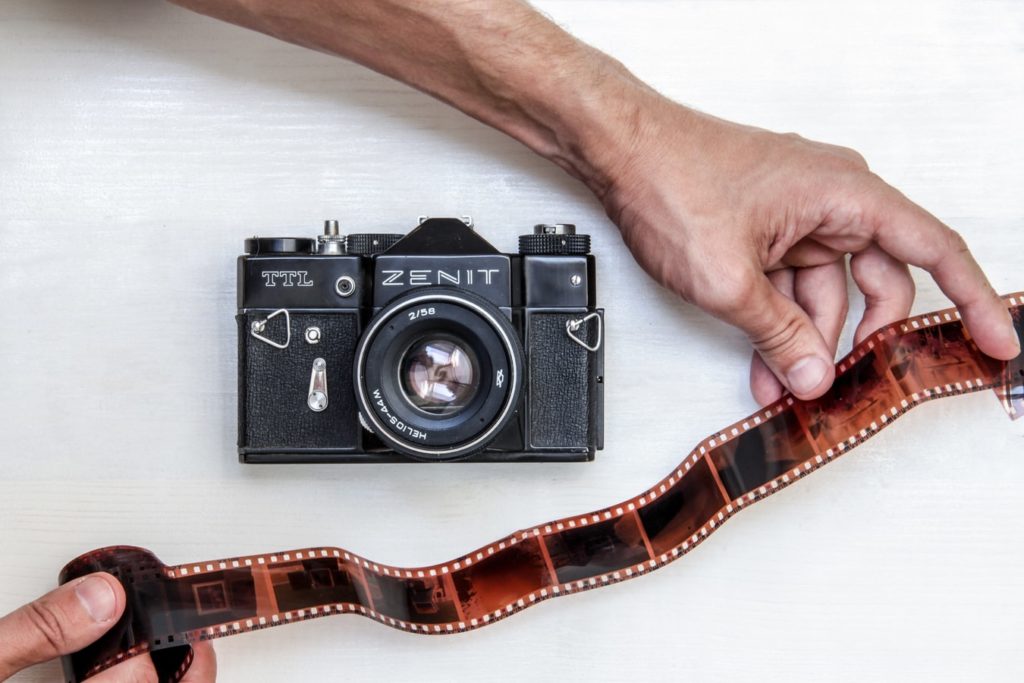
I Chose The Complicated One
As a teenager, I wanted to be many things. A pilot, a doctor, a vet. However, the idea of being a photographer had never crossed my mind. Until August 1983, my 16th birthday. I wanted a camera. I had no idea why, to be honest, but my parents agreed to buy me one. The decision, in the local camera shop, came down to the sleek modern looking Olympus Trip, or the heavy lump of pig iron and buttons, the Zenit 11. I am guessing you know which one I chose.
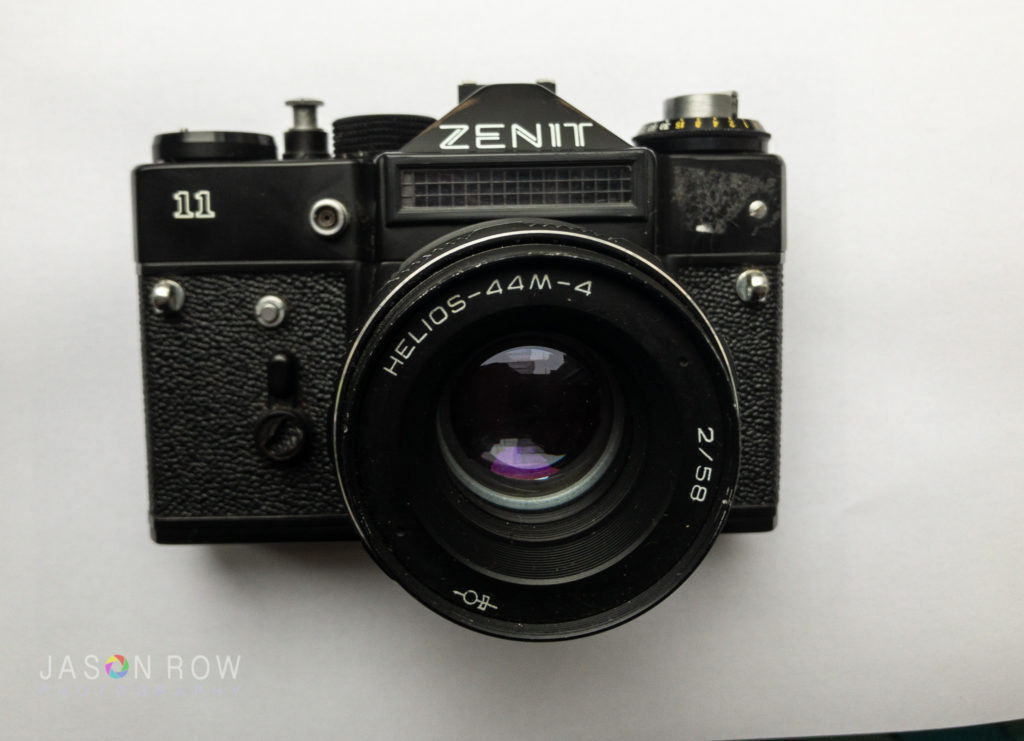
Moving Forward
Fast forward a scarily high number of years to December 20th 2018. Wandering the snowbound back streets of Lviv in North West Ukraine, I stumbled upon a small obscure second-hand camera store.
Failing to resist the urge to walk past, I entered into a cavern of warm light and cameras. Immediately to my right was a shelf containing a row of Zenit cameras. Standing proudly in the middle of them was my camera, the Zenit 11.
Now, obviously it was not my original Zenit but it was identical in every last way. Needless to say, I bought it. It cost me the princely sum of $20 and had been lovingly restored by the owners of the camera store.
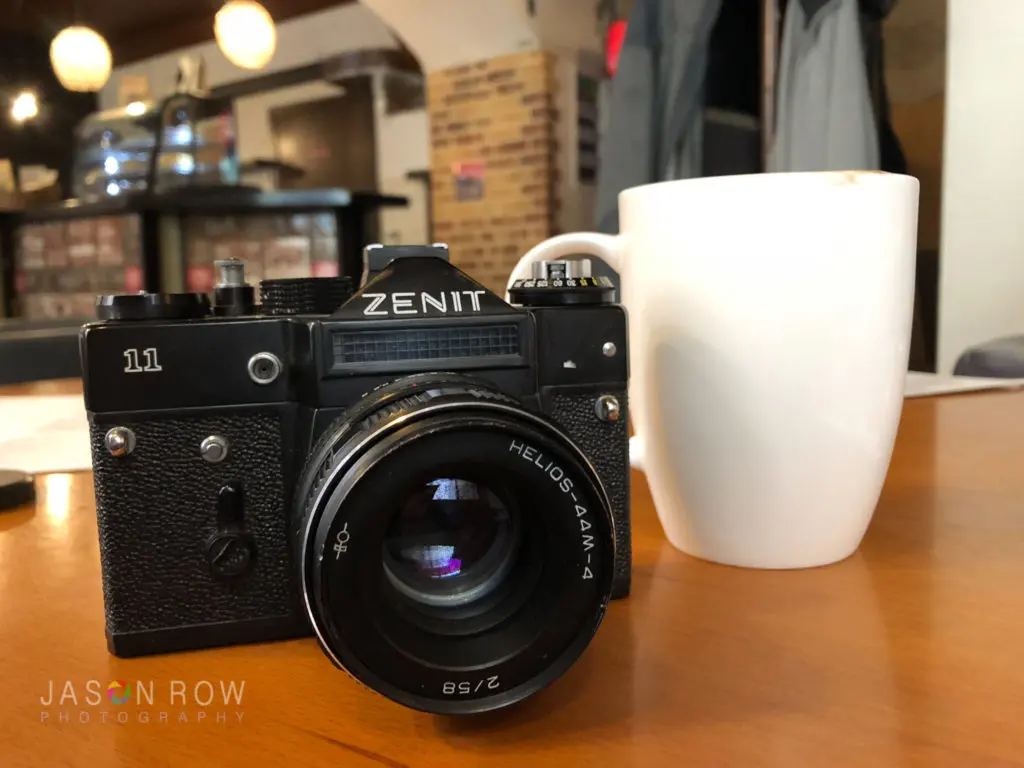
A Little Soviet Karma
There is a further twist to this particular nostalgia trip. That Soviet camera I bought all those years ago, not only led me into a career in photography, but also in a fascination with Eastern Europe. I walked into that camera store in Lviv because, during my career, I met and married a Ukrainian woman, and moved to Odessa. Karma seemed to come full circle.
So what of the Zenit 11?
The Zenit 11. Your Next Camera?
Well, it might be, if you are looking to try out film and to get back to absolute basics. Anyone who has ever used a DSLR will be immediately at home with the Zenit. The SLR/DSLR ergonomics have barely changed in well over half a century.
The right of the top plate features a film wind lever and shot counter, the shutter speed dial, a chunky shutter button. On the left, we have an exposure meter (more of that in a moment), the film rewind knob and exposure calculator.
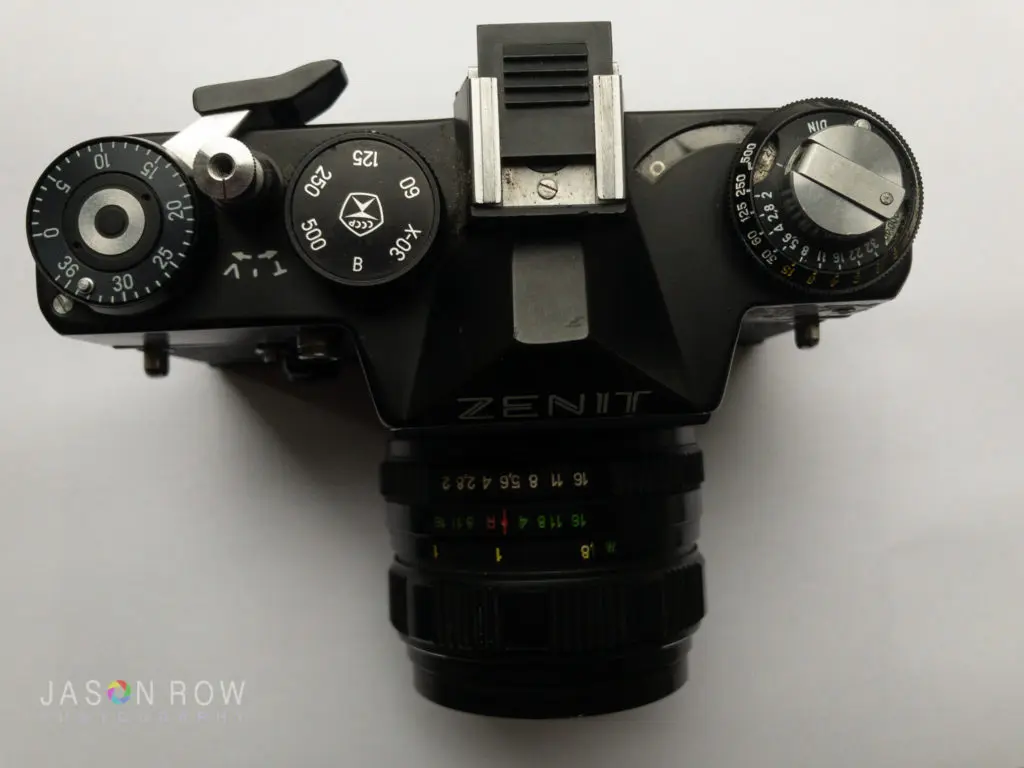
It’s Full Frame
Of course, being a full frame camera, the viewfinder is large and bright. And that's a good thing because the only aid you get to focussing is a simple fresnel screen. And focus you will have to do, as this is an entirely manual camera. The film back is opened by pulling up the film rewind lever and the film is loaded simply by placing the film leader into the spindle and winding on.
The lens supplied with the camera was the Helios 58mm F2. It used the 42mm screw mount and even by today’s standards had a sterling reputation for decent quality.
The front of the camera features a wind-up self-timer, a PC socket for flash and sitting pride of place and giving the Zenit its distinctive look, a Selenium cell.
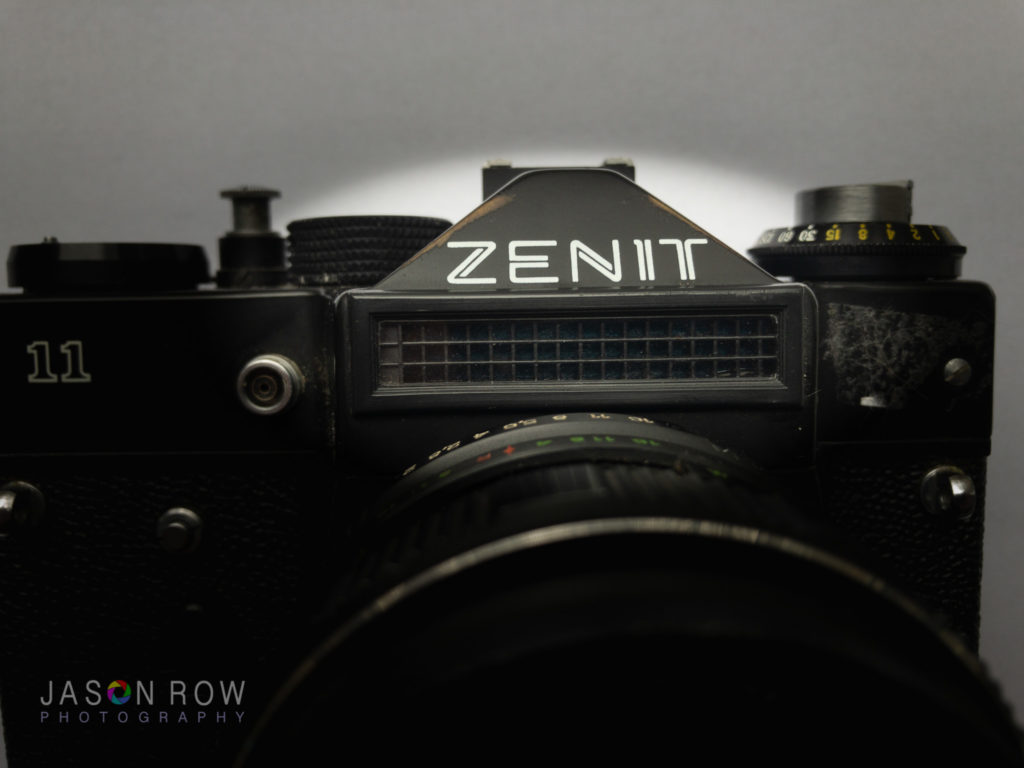
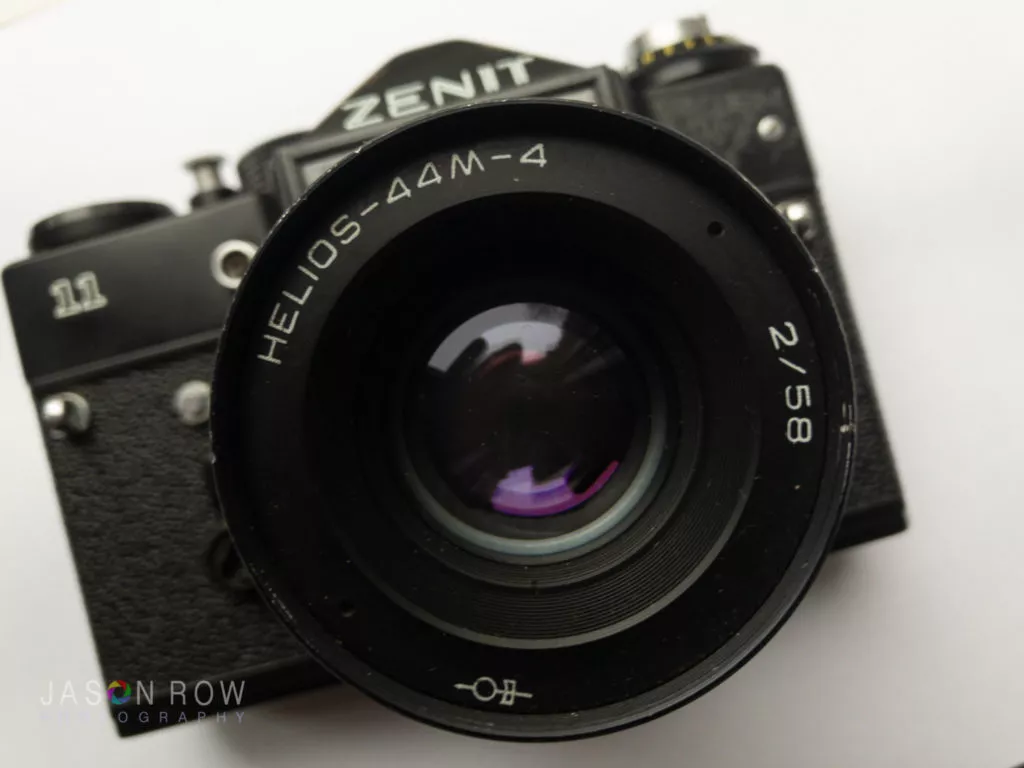
No Batteries Required
That Selenium cell is the exposure meter. It’s external and requires no power, meaning the Zenit 11 requires no batteries. It sends the exposure reading to a small window on top of the camera. Here, you align a small circle with the meter reading then read the relevant exposure off of the dial surrounding the rewind knob.
It’s simple and accurate, anyone that has ever used a Weston will know the drill. It’s accurate of course only if you understand light and exposure and can mentally correct for issues such as the brightness of snow.
Shutter speeds range from just 1/30th to 1/500th of a second and Bulb for anything slower. Flash syncs at a mighty 1/30th, so forget any fashion shoots on the beach.
The build quality, for a Soviet-era camera, is pretty good. Zenits, on the whole, were well made. This is perhaps due to the fact that they were exported to the West as a much cheaper alternative to Nikons and Canons of the time.
The shutter curtain works well and seems to be open for the right amount of time. The film advance is also slick and reassuring. For $20 you can get a day’s worth of coffee or a fully working Soviet film camera.
Seems like a no brainer to me.
To be honest, I had never intended to put a film through the Zenit. It was meant as an ornament, to sit upon my desk reminding me of where I started from. Yet, as it sits proudly (on a beautifully designed, black Fuji X-Pro box) it seems to be begging me to feed it some celluloid.
It’s an old camera, it may not have seen film for quite a while. I have not seen film for quite a while. Maybe, just maybe, it’s time to do something about that.
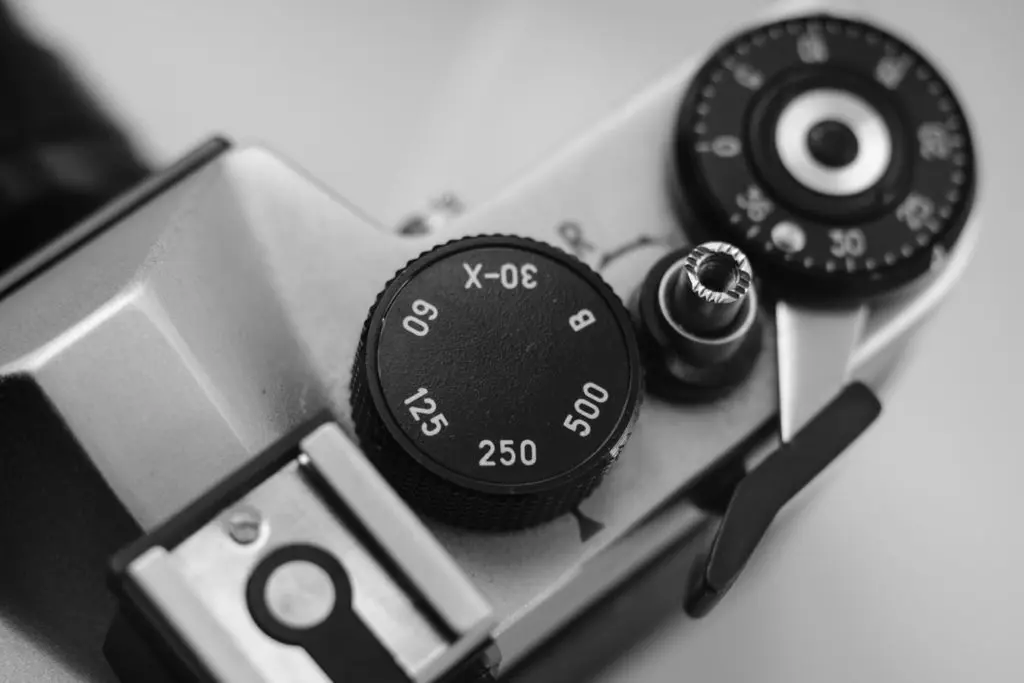
To learn more about film cameras, check out the links below.
Further Reading:
- What Happened To The Film Revival?
- The Only Guide You’ll Need Before Purchasing That Film Camera
- Quick Guide To Making Art Photos With The Holga Film Camera
- Is Film Truly Superior To Digital?
- When You Practice Film Photography, There Are Some Sad Truths…
- Five Affordable Accessories Every Film Photographer Needs

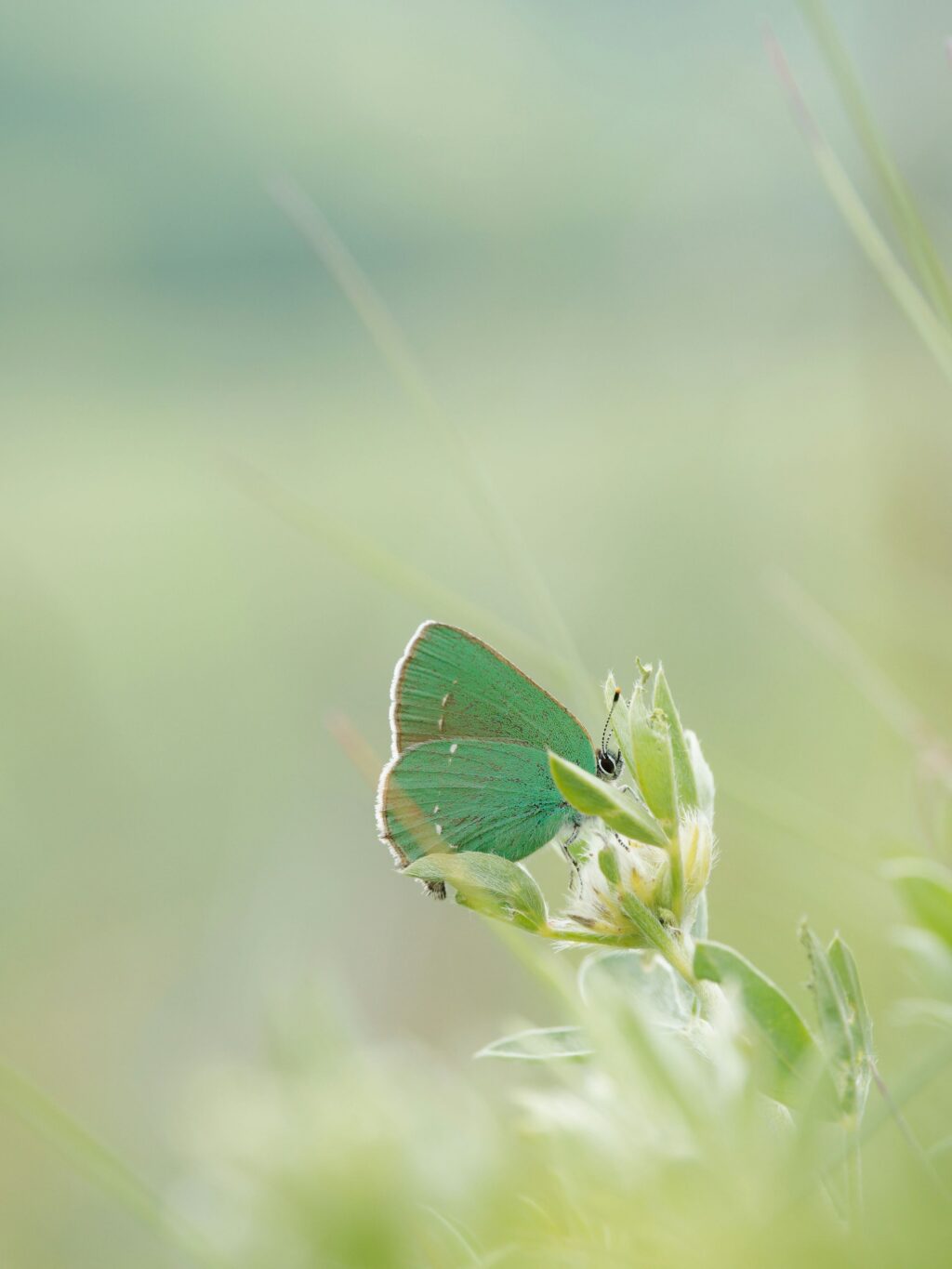
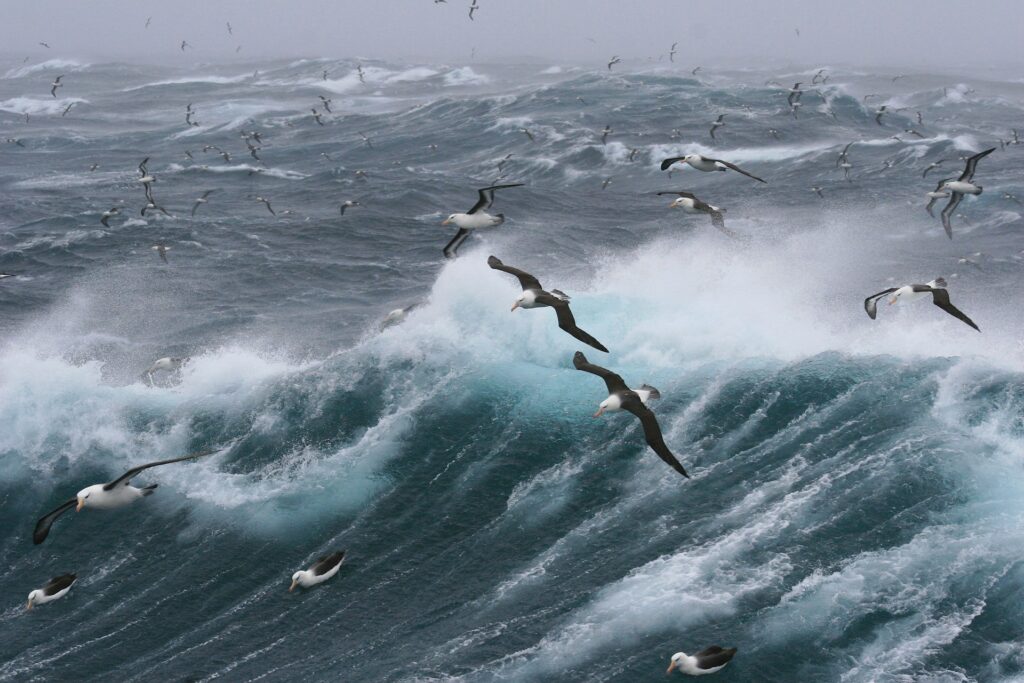

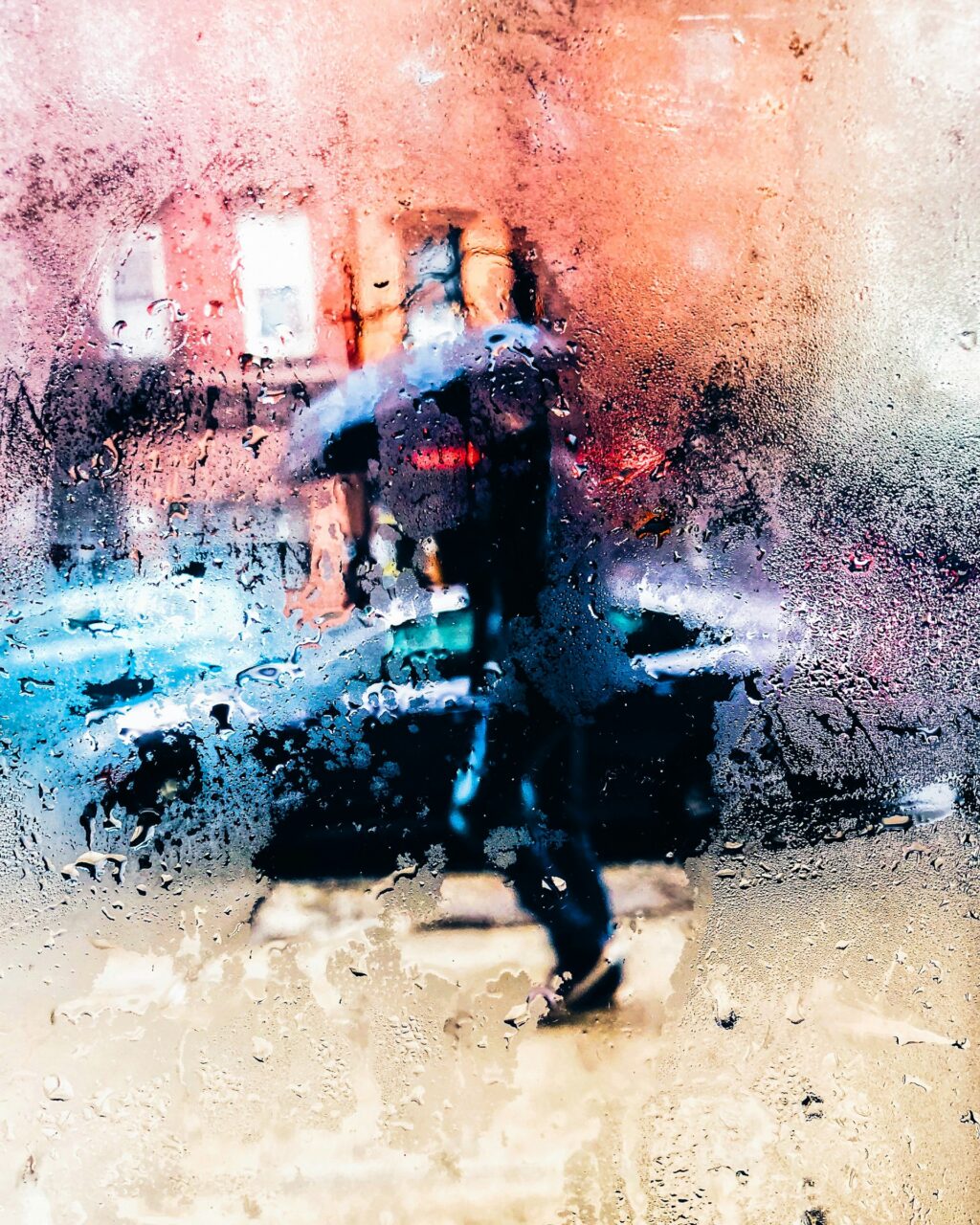
8 Comments
Just curious – you “met a married a Ukrainian woman, and moved to Odessa”. So you moved to be with an already married woman? I hope that’s not just a typo 😉
It is indeed a typo, it should of course be “met and married a Ukrainian woman”
In Hungary, I was sitting with my friend in his garage and saw his father’s Zenit 11 on a shelf. Blew off the many years of dust which accumilated on the cool leather case. Took it home, cleaned it up only to discover everything was just fine. It took a minute to get used to it (ISO, what’s that?), but soon I put a roll of Pan F50 in this old gem, grabbed a model and went for a joy ride. Dude, this is about as simple as a camera can get, yet wow, if you know what you are doing, this baby is great. And no electricity, so cold weather or if you happen to be at 4’000 meters high in January, no problem…
Hello Jason!
First of all I loved your blog and I have a question for you. I will be in Lviv in one week for a winter holiday and I would like to shoot great photos in there but my camera is broken. I want to buy a new Soviet camera in Lviv but due to my lack of Ukranian I couldn’t find any info on the net. Can you recommend a place where I can buy a Soviet camera please? Thank you for your help. Have a great day!
Hi Erv. Apologies if this reaches you too late, I have only just seen your comment and its a year old article. This is where I bought the Zenit. https://www.cyfrovychok.ua/page/contacts.html. Its in the city centre near the Opera House
Zenit TTL and 12 or 12XP are much better cameras. This one is still based on 1960`s Zenit E. And you have to look at emblem on lens, this one is BeLomo, KMZ has different one. KMZ is better quality, it also invented the camera. In USSR there were always at least two producers of the same product in different republics.
I have a TTL and an EM
Much prefer the “11”
Also had a 12 but that was rubbish
Will stick with my Z11…
I have dozens of Soviet cameras, having met a Russian woman, fell in love, moved to Moscow, and found I could get them for peanuts.
Now I’m back in the UK I still check charity shops for them and hit gold recently when I found a brand new Zenit 11 still boxed in Greaseproof paper, it came with a Helios 44-M, Helios Flash and Zenit branded bag, I’m assuming this was for the western market.
Whilst I already have a couple of well used Zenit 11’s I couldn’t walk away as the asking price for the lot was the princely sum of £5. (I also found an LC-a for £1), not a bad days shopping!
Bargains are still out there to be had.